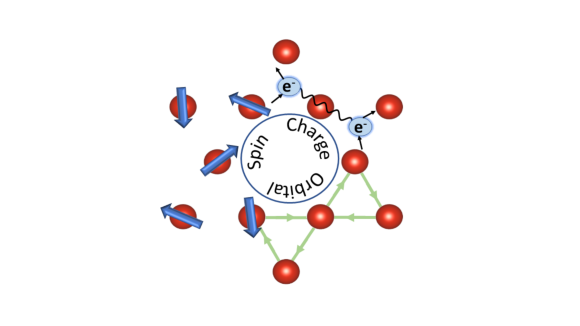All articles have undergone npj Quantum Materials' standard peer review process and have been subject to all of the journal’s standard policies. This includes the journal’s policy on competing interests. The Editors declare no competing interests with the submissions which they have handled through the peer review process. The peer review of any submissions for which the Editors have competing interests is handled by another Editorial Board Member who has no competing interests.
Further details about our collection submission policies can be found here.

